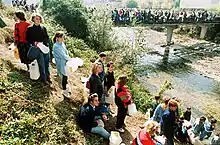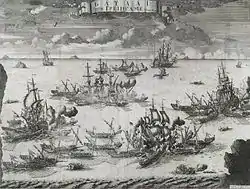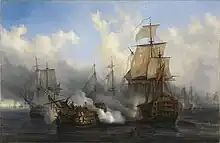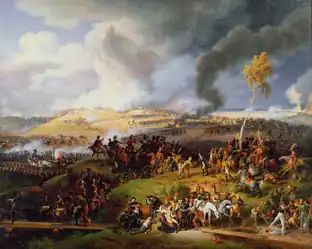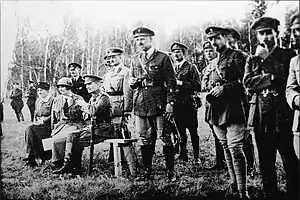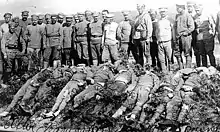Portal:European military history
.svg.png.webp)
Introduction
The military history of Europe refers to the history of warfare on the European continent. From the beginning of the modern era to the second half of the 20th century, European militaries possessed a significant technological advantage, allowing its states to pursue policies of expansionism and colonization until the Cold War period. European militaries in between the fifteenth century and the modern period were able to conquer or subjugate almost every other nation in the world. Since the end of the Cold War, the European security environment has been characterized by structural dominance of the United States through its NATO commitments to the defense of Europe, as European states have sought to reap the 'peace dividend' occasioned by the end of the Cold War and reduce defense expenditures. European militaries now mostly undertake power projection missions outside the European continent. Recent military conflicts involving European nations include the 2001 War in Afghanistan, the 2003 War in Iraq, the 2011 NATO Campaign in Libya, and various other engagements in the Balkan and on the African continent. After 2014, the Russian annexation of Crimea and the ongoing Russo-Ukrainian War prompted renewed scholarly interest into European military affairs. For further the context see History of Europe . (Full article...)
Selected article

Selected battle

Did you know
- ... that the warship Kronan was one of the largest ships in the world when she foundered and exploded with the loss of 800 men at the battle of Öland in 1676?
- ... that during World War II, James Hill captured two Italian tanks using only his revolver but was wounded while attempting to capture a third?
- ... that the Isles of Scilly and the Netherlands fought the Three Hundred and Thirty Five Years' War from 1651 to 1986, and that not a single shot was fired during this war?
- ... that in the Polish-Austrian War of 1809, part of the War of the Fifth Coalition, Polish forces under Józef Antoni Poniatowski neutralized an Austrian force twice their size and liberated most of the Austrian-held Polish territory?
European military history topics
Selected biography
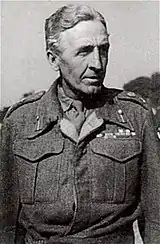
Selected picture

General images -
Related WikiProjects
| Military history | European Union | Europe |
 |
 |
Subcategories
Related portals
Associated Wikimedia
The following Wikimedia Foundation sister projects provide more on this subject:
-
 Commons
Commons
Free media repository -
 Wikibooks
Wikibooks
Free textbooks and manuals -
 Wikidata
Wikidata
Free knowledge base -
 Wikinews
Wikinews
Free-content news -
 Wikiquote
Wikiquote
Collection of quotations -
 Wikisource
Wikisource
Free-content library -
 Wikiversity
Wikiversity
Free learning tools -
 Wiktionary
Wiktionary
Dictionary and thesaurus
-
 List of all portalsList of all portals
List of all portalsList of all portals -
 The arts portal
The arts portal -
 Biography portal
Biography portal -
 Current events portal
Current events portal -
 Geography portal
Geography portal -
 History portal
History portal -
 Mathematics portal
Mathematics portal -
 Science portal
Science portal -
 Society portal
Society portal -
 Technology portal
Technology portal -
 Random portalRandom portal
Random portalRandom portal -
 WikiProject PortalsWikiProject Portals
WikiProject PortalsWikiProject Portals
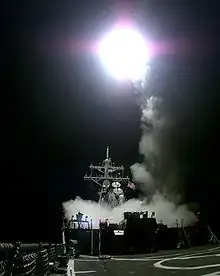



.jpg.webp)

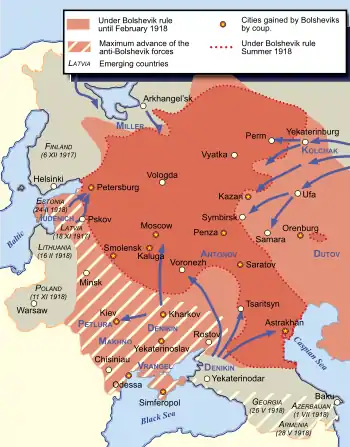

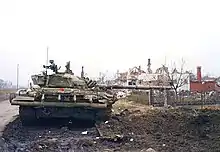
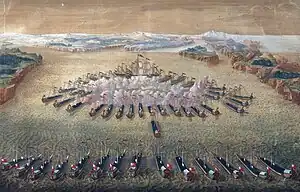
.png.webp)
.JPG.webp)
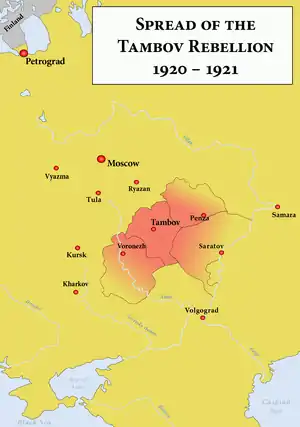
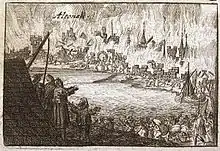
.jpg.webp)




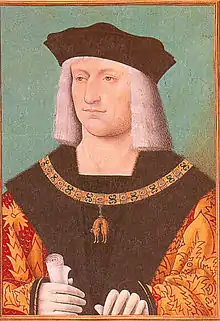
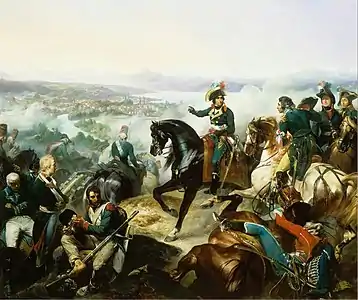
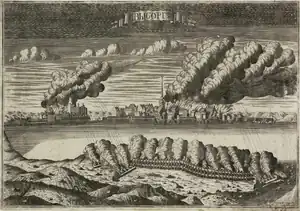
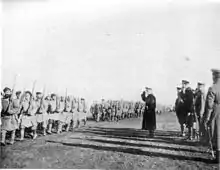






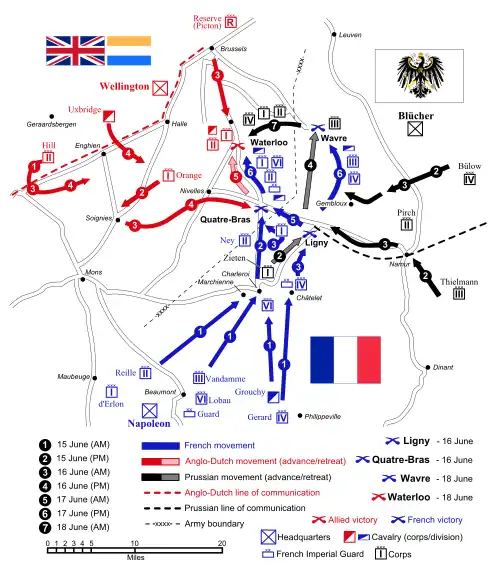

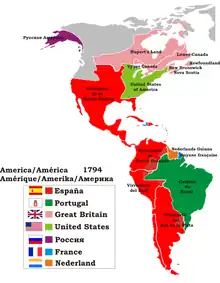
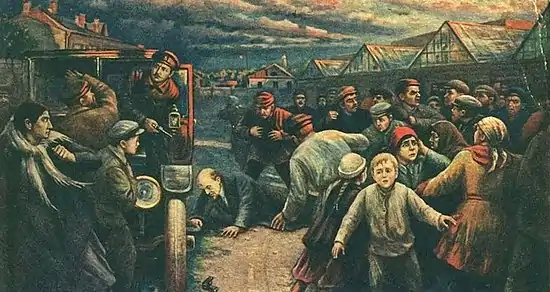
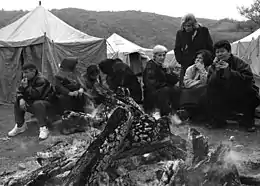
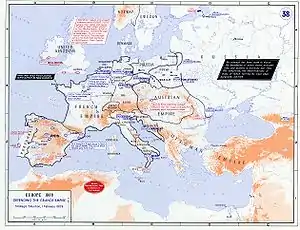
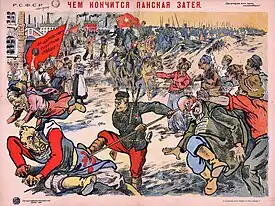
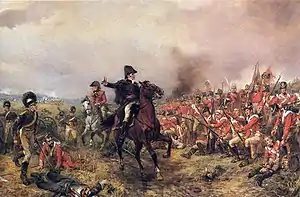
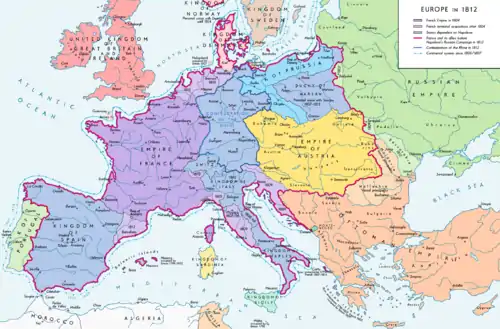


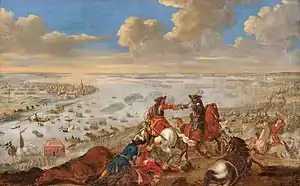

_001.jpg.webp)




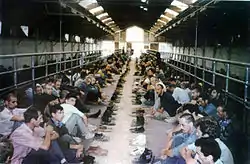
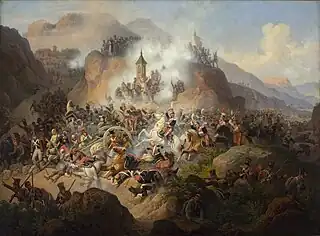

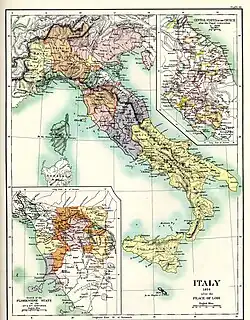
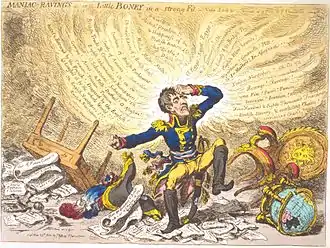
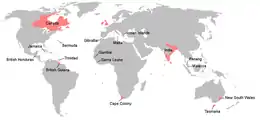
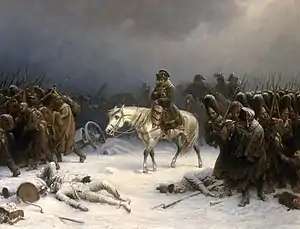
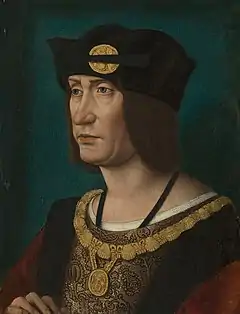

.png.webp)
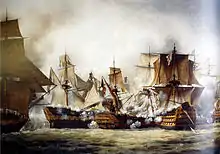

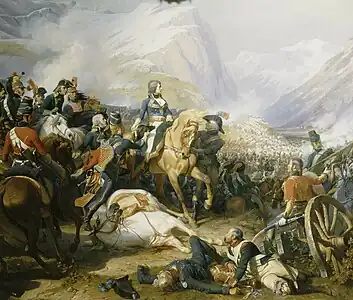
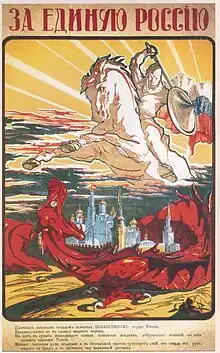
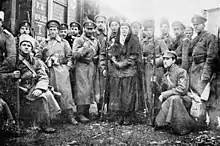
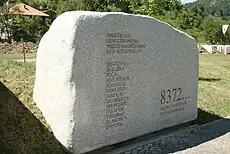

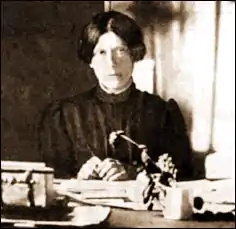
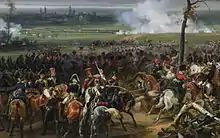
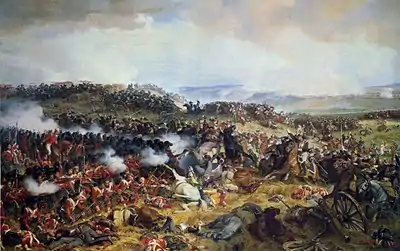

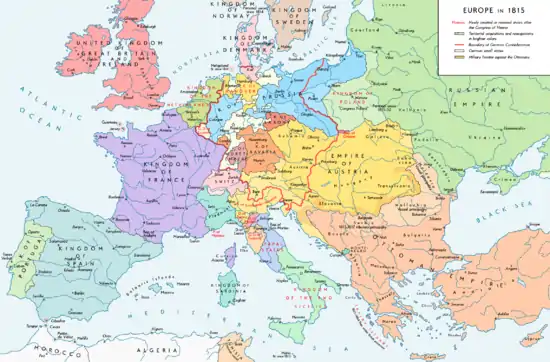
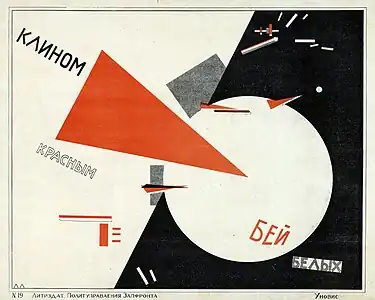


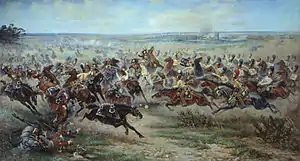

.JPG.webp)
.jpg.webp)

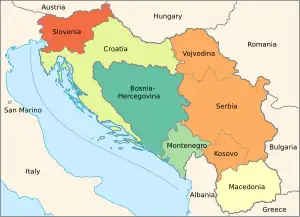


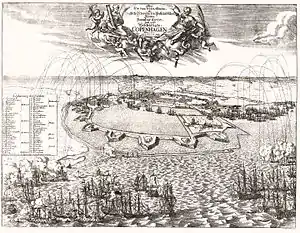
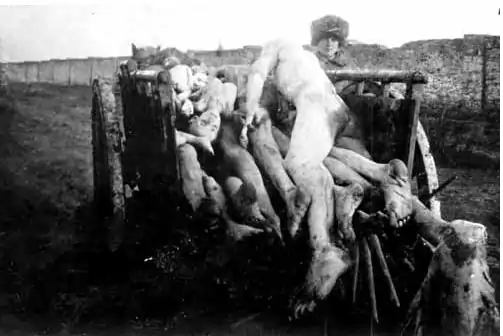
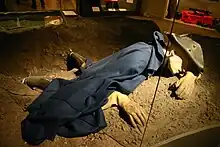


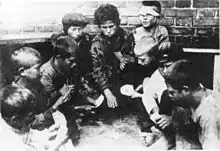
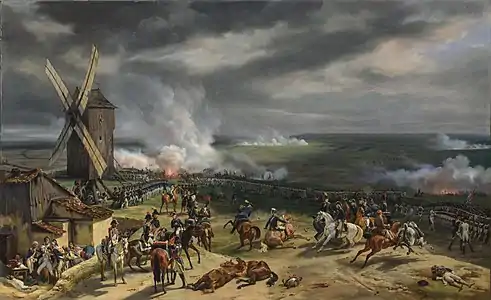
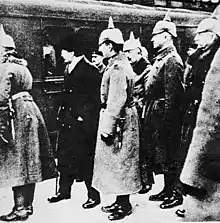
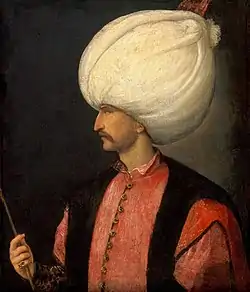
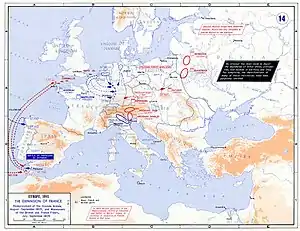
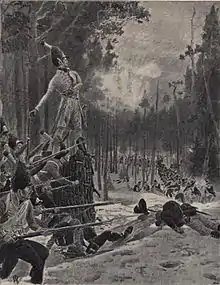
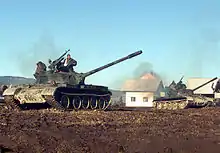
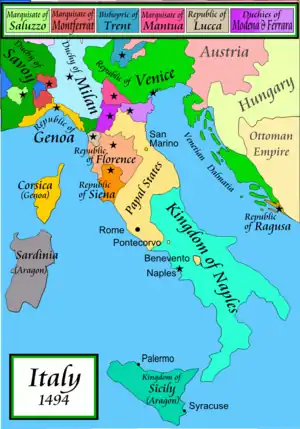
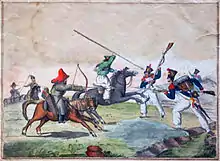
.svg.png.webp)
_-_Royal_Collection.jpg.webp)
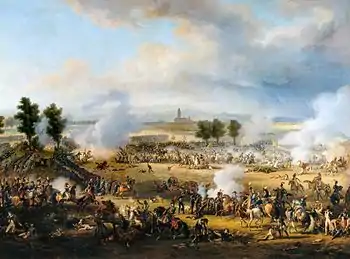
%252C_Russian_revolutionary_(small).jpg.webp)
